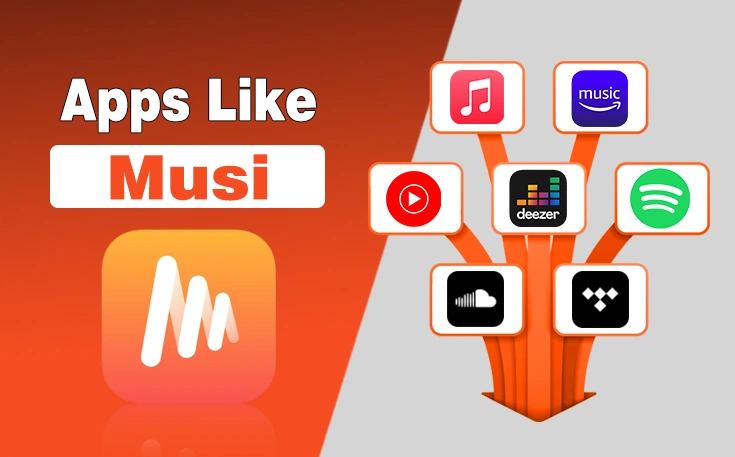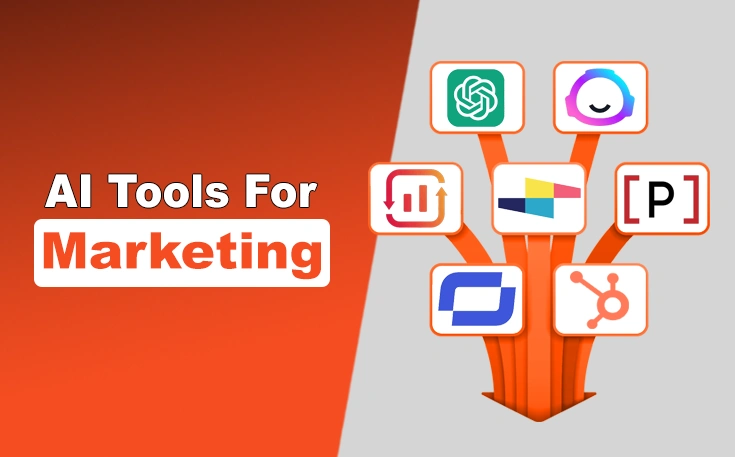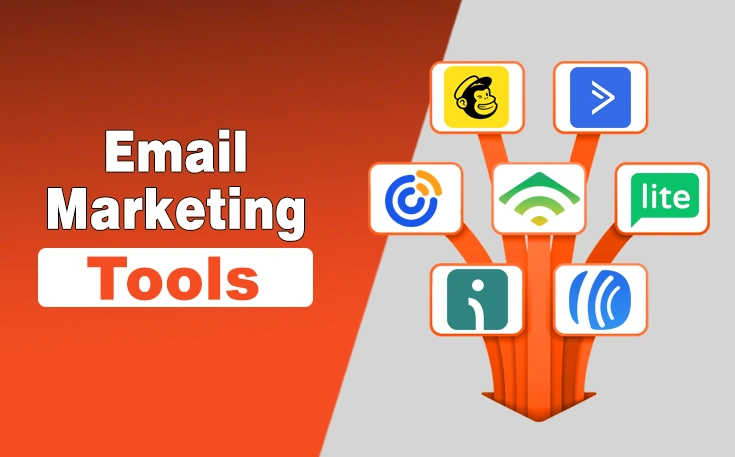In this ever-evolving world where you are experiencing new technological advancements in almost every field. You might be wondering how is it possible that the whole world is moving at a fast pace and adopting modern digital solutions.
The same is happening to the World Wide Web (www) as it has been advancing to modern technologies with time. Web 1.0 was first introduced in 1990 during the early stages of Internet development. It had three basic technologies: HTML, HTTP, and URL.
While the term Web 2.0 replaced Web 1.0 during the 21st century due to improved social connectivity, and user-generated content. This changed the whole procedure of how the internet works these days.
Millions of people throughout the world can now see each other’s content on the internet. This has also led to multiple innovations, such as internet access on smartphones such as iPhones and Android-based devices. Now let’s discuss the third generation of the web.
What is Web 3.0?
Web 3.0 is the third generation of the World Wide Web (WWW) that contains direct concentration in the digital world. It encloses it with separate control of personal data and utilization of cryptocurrencies and blockchain. It is not launched yet, but it is an imagination of an open and decentralized web with a great level of satisfaction for users.
They also name to this term as a decentralized future version of the internet. Where users will have great control over their data rather than sharing or distributing it with enterprises that obtain personal information. This will improve the overall browsing experience, as users will have more rights and secrecy of their data.

How Does Web 3.0 Work?
Web 3.0 will work somewhat similarly to Web 1.0 and 2.0 but the connection to the data sources and their locations will differ from these two. All the applications on it will use a specific decentralized blockchain that does not have any central authority. This will enable users to control and manage the use of their personal data across the web.
Artificial Intelligence (AI) and Machine Learning (ML) will play the most important roles in Web 3.0. It provide the most relevant content to every user. Instead of other services deciding which content to show and which not. This system will be more responsive and intelligent as data will be managed in a logical manner.
What are the Features of Web 3.0?
This third generation of the web will come up with a lot of new features and advanced functionalities.
Here are some of the most important features that are explained below:
1. Decentralization
This feature eliminates the need to govern and use users’ data and other applications by multiple authorities to fulfill their purposes. As we have been experiencing in the previous two web generations. The third generation of the web will provide all the applications and services via a shared approach so that it will not be accessed by other authorities.

2. Blockchain
This feature will help in managing and approving the user’s personal data on a widely distributed and node-to-node network. Blockchain uses a written unchangeable ledger of transactions from which users can verify legitimacy and develop trust among other blockchain users.

3. Cryptocurrency
It is one of the most important features of Web3. It will eliminate the need to use physical currency that is supplied by central banks of the government. Users will be able to purchase items online via digital currency like Bitcoin, Ethereum, XRP, etc.

4. Semantic Web
The vision behind this term is to store and categorize the information in such a manner that helps AI-based systems learn from it to understand the search terms accurately as humans do. This will be highly beneficial in providing and generating the exact content that users need.

Applications of Web 3.0
The third generation of the web comes up with a wide range of applications such as Decentralized Finance (DeFi). It helps in executing peer-to-peer transactions, blockchain-based marketplaces are being introduced from which users can buy or sell digital and rare arts easily.
These are the top use cases defined below:
1. NFTs
Non-Fungible Tokens are specific cryptographic assets that are used to create and validate the ownership of a particular digital asset. Users can also buy and sell these on multiple NFT platforms in exchange for a cryptocurrency token or coin.

2. DeFi
It is a decentralized finance service which enables users to execute multiple transactions on blockchains securely. In other words, it is a financial service which is available on the blockchain.

3. DApps
These are the Decentralized Applications from which users can easily interact with the blockchain technology in a unified manner. These applications are built on decentralized networks that do not require any central control and make sure that the user’s data remains safe and secure. It uses smart contracts in order to execute transactions and provides peer-to-peer connections which makes it a trustworthy environment.

4. Cryptocurrencies
You might have heard the names Bitcoin, Ethereum, or Ripple as these are the digital currencies that are operated on the blockchain. These cryptocurrencies utilize cryptography to make all the associated processes secure like token generation, conduction of transactions and verification of changes in ownership.
The Last Words
It is essential for you to have a core understanding of what Web 3.0 is and how it works. This third generation of web provides a lot of benefits to users like full control of managing online identity and data, effective transparency in transactions, and more.
However, it requires comprehensive technical expertise to implement these features to make it fully functional. Some experts predict the arrival of this third generation after 15 years but it is already providing its service as some of its applications are being launched like cryptocurrencies, NFTs, and other blockchains.
FAQs
What are the crypto coins in web 3.0?
The crypto coins are the same cryptocurrencies that exist in the virtual world such as Bitcoin, Ethereum, Ripple, etc.
Who is the creator of Web3?
No person or organization created it however a person named Tim Berners-Lee invented the World Wide Web and strongly discussed the Semantic Web which is a major shift in Web 3.0 as compared to the other two previous generations.
Is it easy to hack web3?
Many famous blockchains and cryptocurrencies have suffered from cyber-attacks which means that there is a possibility that it can be hacked.
Need custom app with amazing features?
Get a Quote




